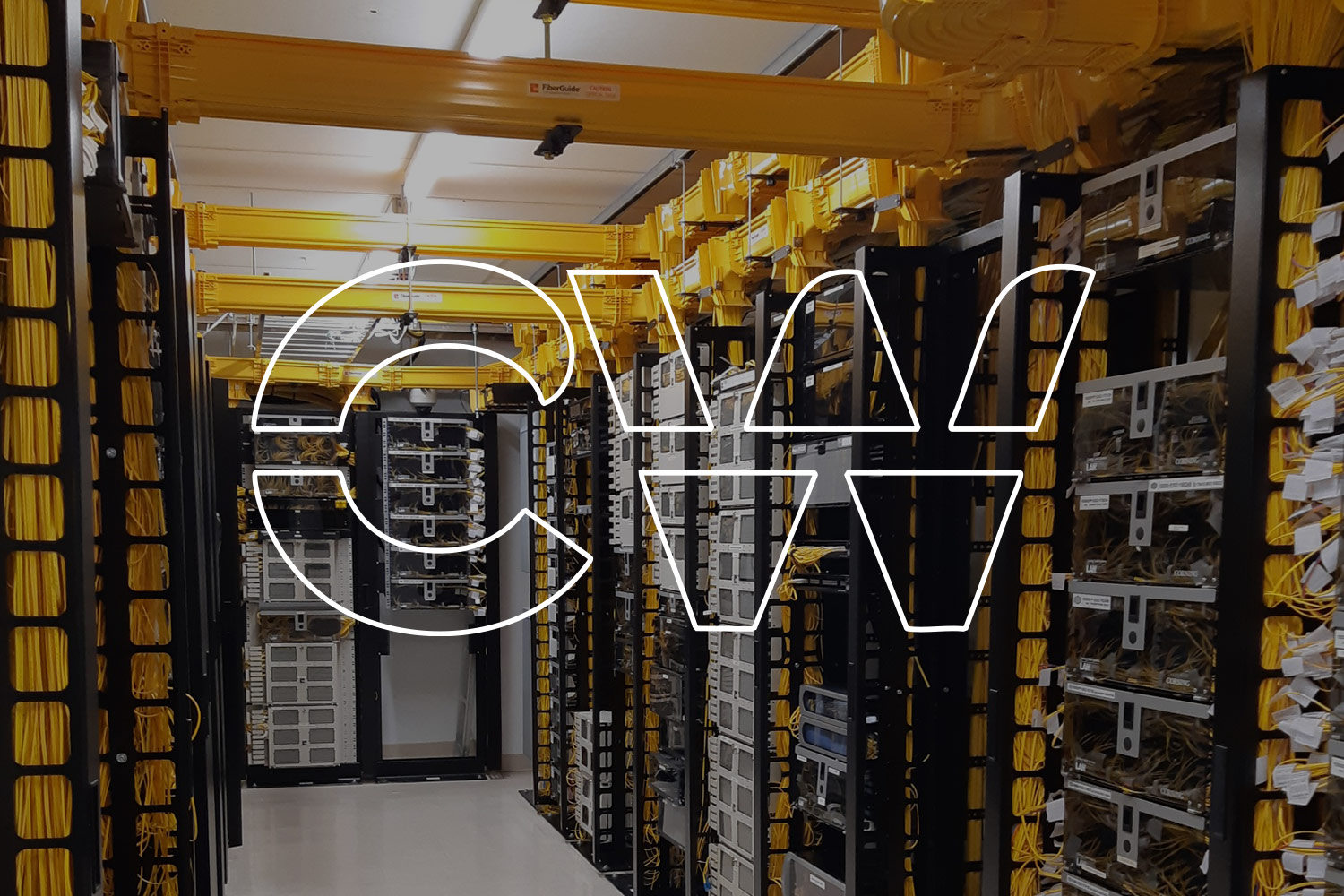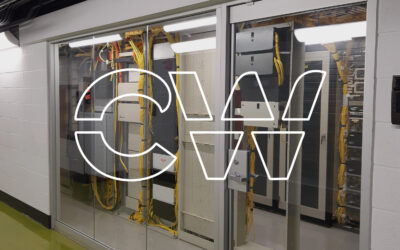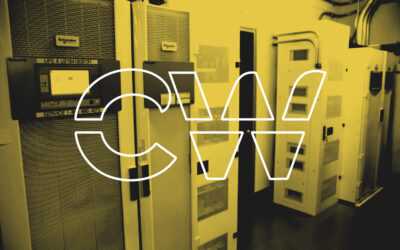The Great Divide: Why Your Servers Need a Divorce from Their Hot Air
For years, the inside of a data center was a wild, untamed land—a constant battle between cold air and hot air, a war of attrition where no one truly won. We had the old guard, the classic CRAC unit, and a cooling strategy that was, to put it mildly, a bit like trying to air condition a house by blasting the AC while all the windows are open.
But as servers got denser and our need for compute power grew, we realized our servers were getting a little… sweaty. It was time for a more civilized approach, a strategic intervention that changed everything: hot aisle containment.



